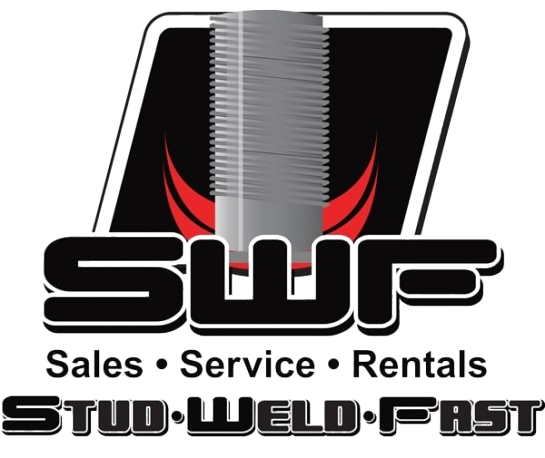
Ceramic Ferrules for Vertical Stud Welding Applications
Share
Choosing the correct ferrule for each application is critical.
Ferrules are positioned around the base of the stud to concentrate the heat of the weld. They also control and contain the molten metal (flash) displaced during the plunge cycle of the stud into the molten pool created during the Drawn ARC welding process.
After the process is complete, the ferrule is broken away from the weld base to allow for inspection of the weld and flash/fillet.
Ferrules come in different styles for different applications. For example, Flat (F) and Flat Heavy Duty (FHD) ferrules are used when installing studs in the down-hand position (horizontal weld surface). For stud welding to a vertical surface, a Vertical (V) ferrule can be used.

Vertical Ferrule (left) versus Flat Heavy Duty Ferrule (right)
The Vertical ferrule has similar specifications to the Flat ferrule but with some differences. While the Flat ferrule features an evenly spaced tooth pattern all the way around, the Vertical ferrule only has teeth on half, while the rest is solid. This is specifically made to prevent the molten metal from spilling through the vents on the bottom when stud welding to a vertical surface.
Vertical ferrules are typically used for 1/2", 5/8", 3/4" and 7/8" diameter vertical applications.
However, our job site division, Elrod Stud Welding, has found that when welding 1/2" diameter studs and deformed bar, the Flat Heavy Duty Special (FHDS) outperforms the vertical ferrule. The FHDS is similar in the way it doesn't allow the molten metal to escape from the bottom due to gravity. This is because of the ferrule's finer tooth pattern, which achieves a more consistent flash/fillet compared to that of the Vertical ferrule.
FHDS are also favored because they are more time-efficient. Vertical ferrules are required to be positioned flat side down, which is time-consuming and inconsistent. The FHDS does not require a specific orientation, therefore speeding up the production process.
The FHDS ferrules are especially preferred for 1/2" Deformed Bar Anchors (DBA) installed in the field to a vertical surface, such as edge angle. Since the FHDS is a "Heavy Duty" ferrule, they are more robust for field applications. More importantly, DBA is commonly 36" long or more. So, not having to worry about the orientation of the flat side of a vertical ferrule shortens production time drastically.
It's important to point out the that the FHDS requires a 5/8" Ferrule Grip due to it's larger outside diameter.
Similar situations can exist for fasteners of another diameter. For example, a similar ferrule for 7/8" diameter vertical applications is called a 7/8" Low-Vent Ferrule. It also has a finer tooth pattern that can be advantageous when trying to create a 360-degree flash/fillet.
